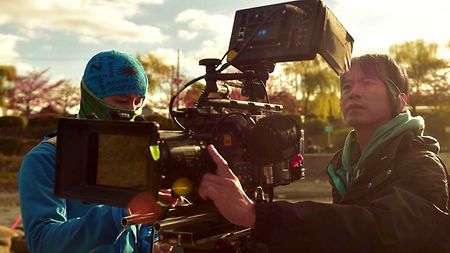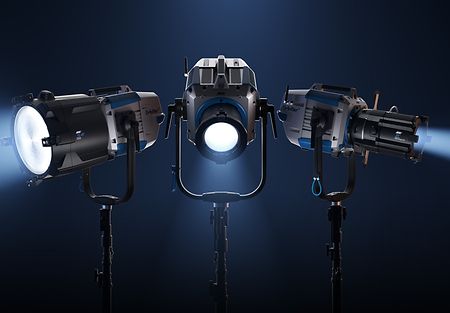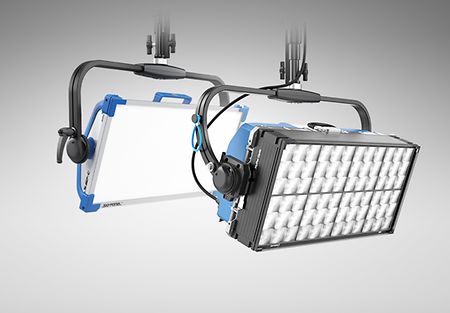To demonstrate the outstanding image quality of the camera of its latest smartphone generation, a major brand captured a short film for the Chinese market entirely on its new devices. More state-of-the-art technology was used for the lighting, including ARRI's Orbiter, SkyPanel, and Daylight. Gaffer Jimmy Huang shares insights on the work behind the scenes of this very special commercial.
How were you brought on board for this commercial?
I worked with the production company Lunar Films a few times before, and we had good experiences together. I also was the gaffer for their project last year. Because of that, I got to know the technical differences between shooting with a smartphone and shooting with a film camera. I’m honored to be part of this year’s shoot.
Can you briefly explain how you were able to ensure the quality of lighting and how the lighting style was established for this shoot?
This time, besides showing the flexibility of shooting with a smartphone, the client also wanted to demonstrate how great the night mode is after the lens upgrade, so we added many night scenes with low-key lighting. The DP, Liwei Yu, has experience shooting with smartphones. After our discussion, we decided to set up enough ambiance lighting to catch all the details on the smartphone. Then we wanted to create some stylish lighting and add contrast according to each scene. We wanted the image to look natural with some contrast in lighting.
The interior night scene has a lot of contrast, but the lighting effects have smooth transitions. How did you achieve that?
In this video, to showcase the improvement of the smartphone’s night function, most interior scenes are night scenes. We had high-color temperature light as ambiance light, and our set designer added low-color temperature practicals. Our lighting department enhanced these so we could achieve realistic lighting with depth. It was exactly what we planned to have. By using a Dome as diffusion in front of an ARRI 650 W Fresnel and a different bounce board by the light bridge to create soft moonlight together with light tubes with all kinds of accessories, we achieved the ideal lighting in the limited space we had.
How did you use ARRI’s Orbiter for interior night scenes?
After ARRI expert Martin Ma explained Orbiter’s function and how to use it, we had a better understanding of ARRI and how they always keep improving on their products. Orbiter covers an even wider color gamut range than SkyPanel. It also can be used with all kinds of optical accessories—this time, I chose to use a Dome. Thanks to Orbiter and the Dome, I had more and accurate options to create moonlight coming through windows.





